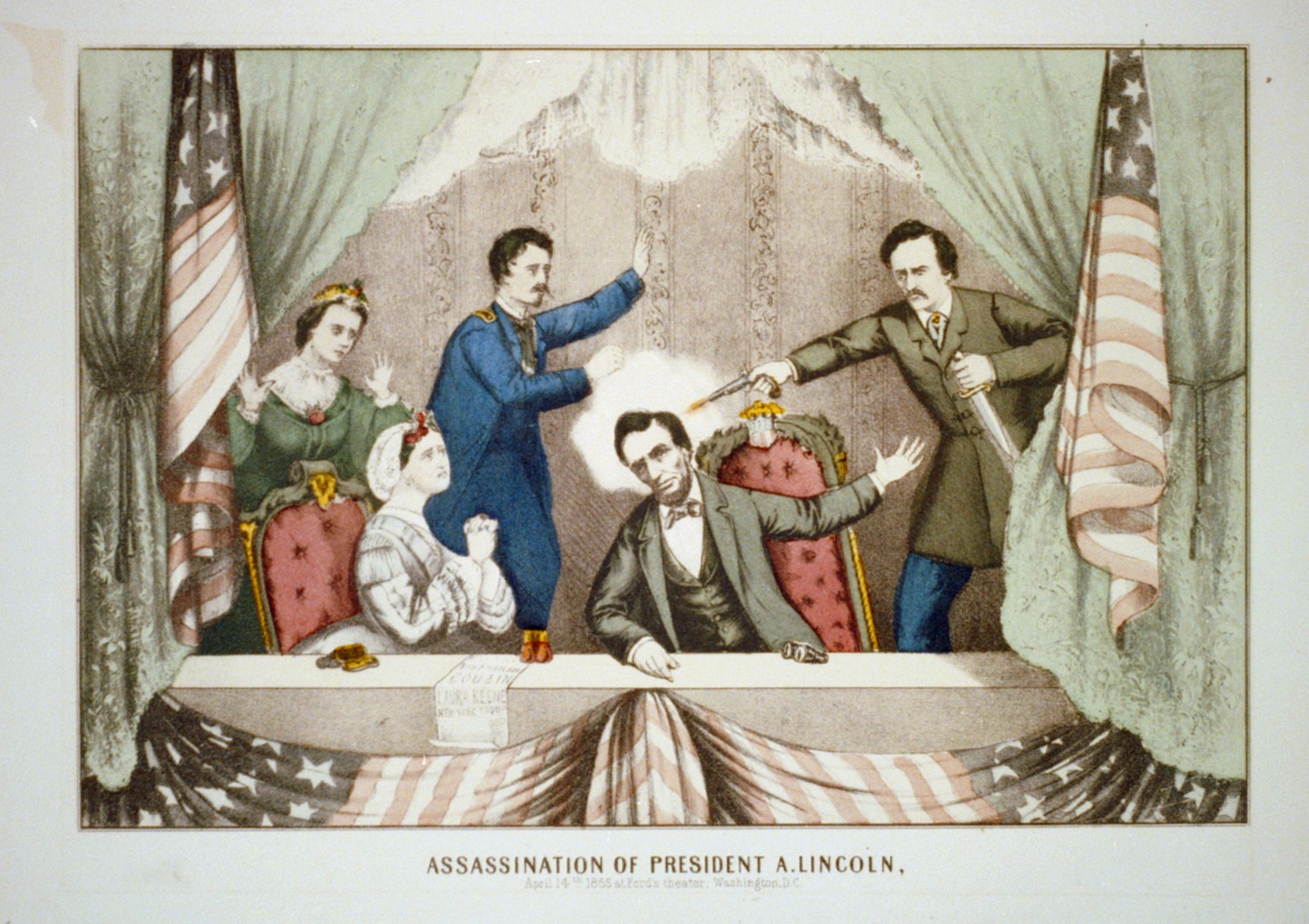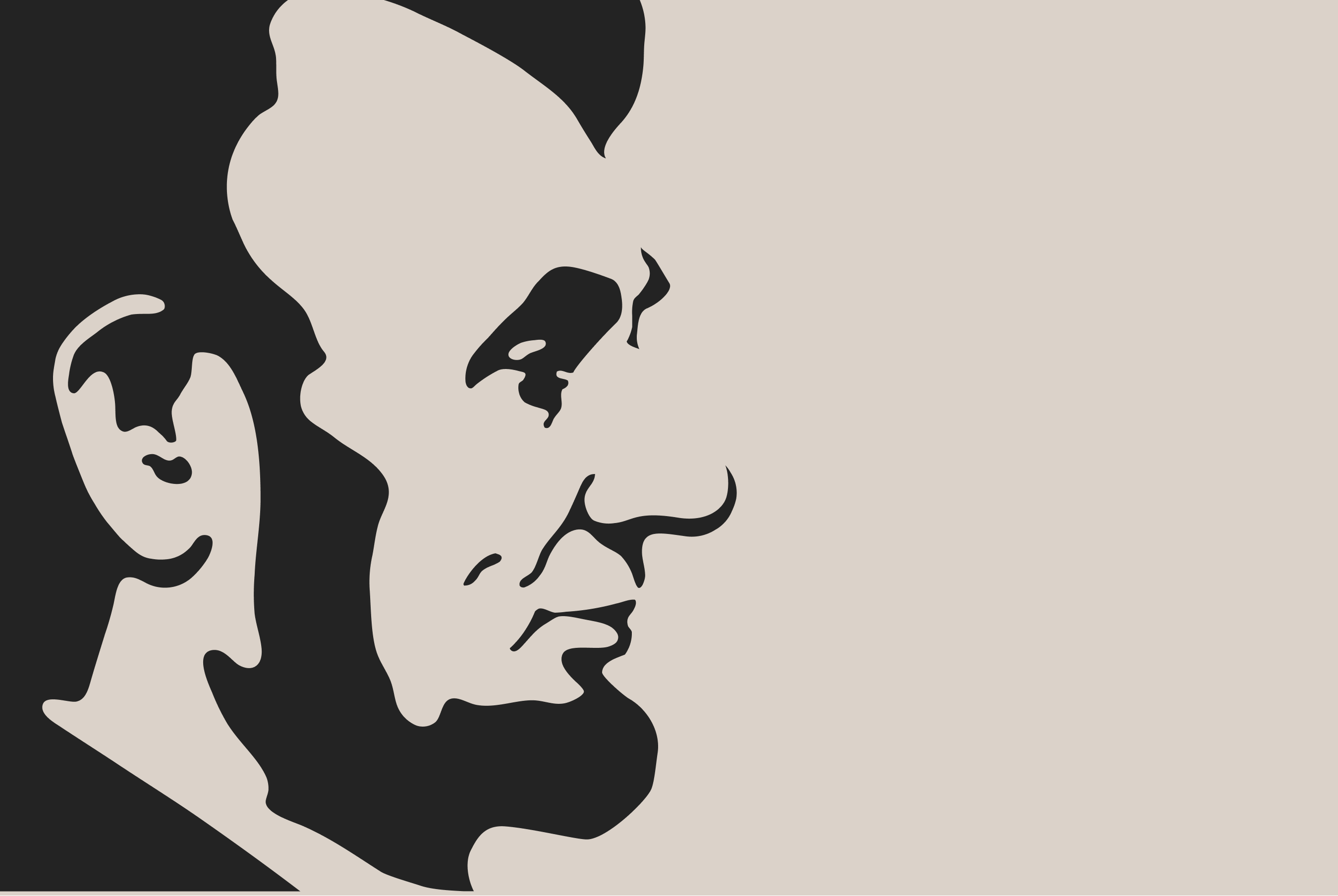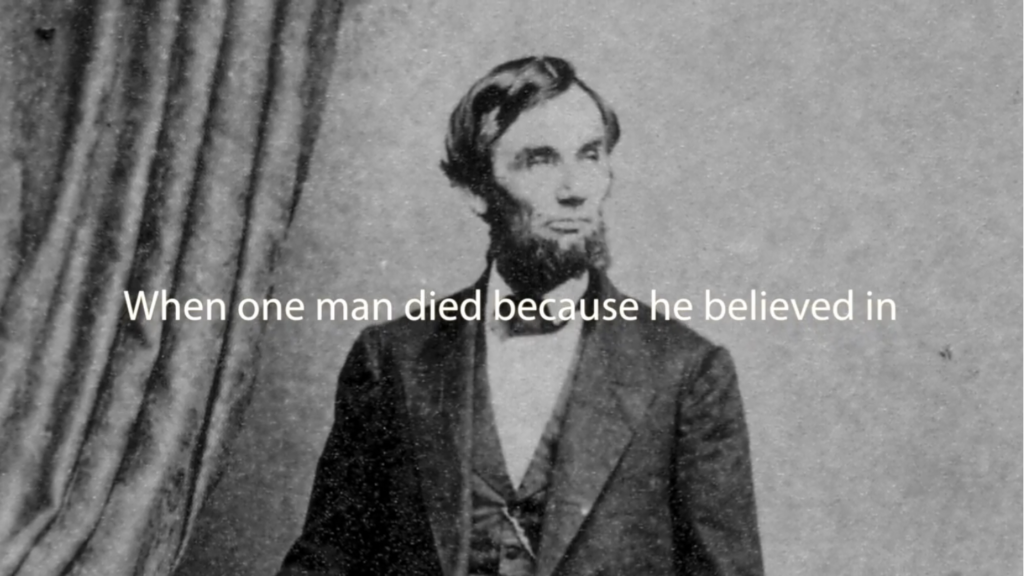
Lincoln’s Assassination
On the morning of April 14, 1865 (Good Friday), actor John Wilkes Booth learned President Abraham Lincoln would attend a performance of the comedy Our American Cousin that night at Ford’s Theatre—a theatre Booth frequently performed at. He realized his moment had arrived.
By 10:15 that evening, the comedy was well into its last act. In the Presidential Box, President and Mrs. Lincoln and their guests, Major Henry Rathbone and his fiancée, Clara Harris, laughed at the show along with the audience—not knowing that Booth was just outside the door.
- How could such a thing have taken place—and in Washington, the fortified capital of the nation? How did Booth gain such access to the theatre?
- Why didn’t Lincoln’s security people stop him?
- Was it a lone act or part of a larger conspiracy?
- And, when all was said and done, what was the outcome—for those involved in the crime, for their victims, for the nation and even for Ford’s Theatre?
Conduct your own investigation below! As you look at the evidence, consider:
- How does this evidence match—or not—with other evidence? Who gave the testimony?
- What might the person’s motives be for saying what they did?
- When did this person give the testimony? Was it soon after the event? Much later? How might that affect what they said?
The Events of April 14th
Lincoln Carried Across the Street
Eyewitness Testimonies
Continue Exploring

History of Ford’s Theatre
Explore how the building went from theatre to office building to museum to working theatre again.
What should happen to a site where a violent event like Lincoln’s assassination takes place? Since 1865, people have answered that question many different ways.

Education Resources
Are you looking to teach the Lincoln assassination?
Search lesson plans for topics related to Ford’s Theatre and Ford’s Theatre productions.

Investigating the Assassination
How did investigators learn what happened and why?
Before John Wilkes Booth assassinated President Abraham Lincoln at Ford’s Theatre on April 14, 1865, he had been plotting some kind of drastic action for months.
Protect Our History
Give to Ford's Theatre and help us share the stories that shaped a nation.

